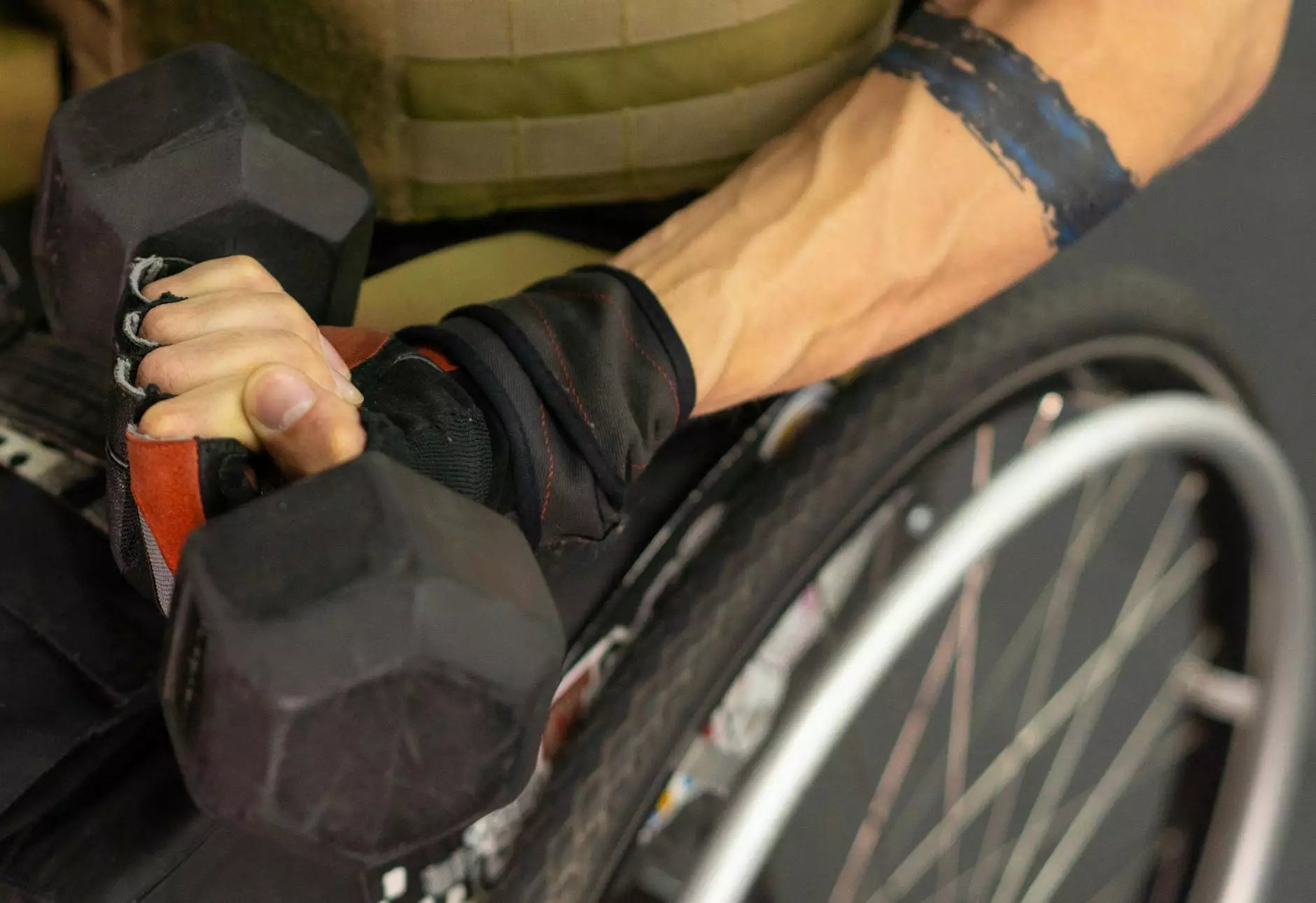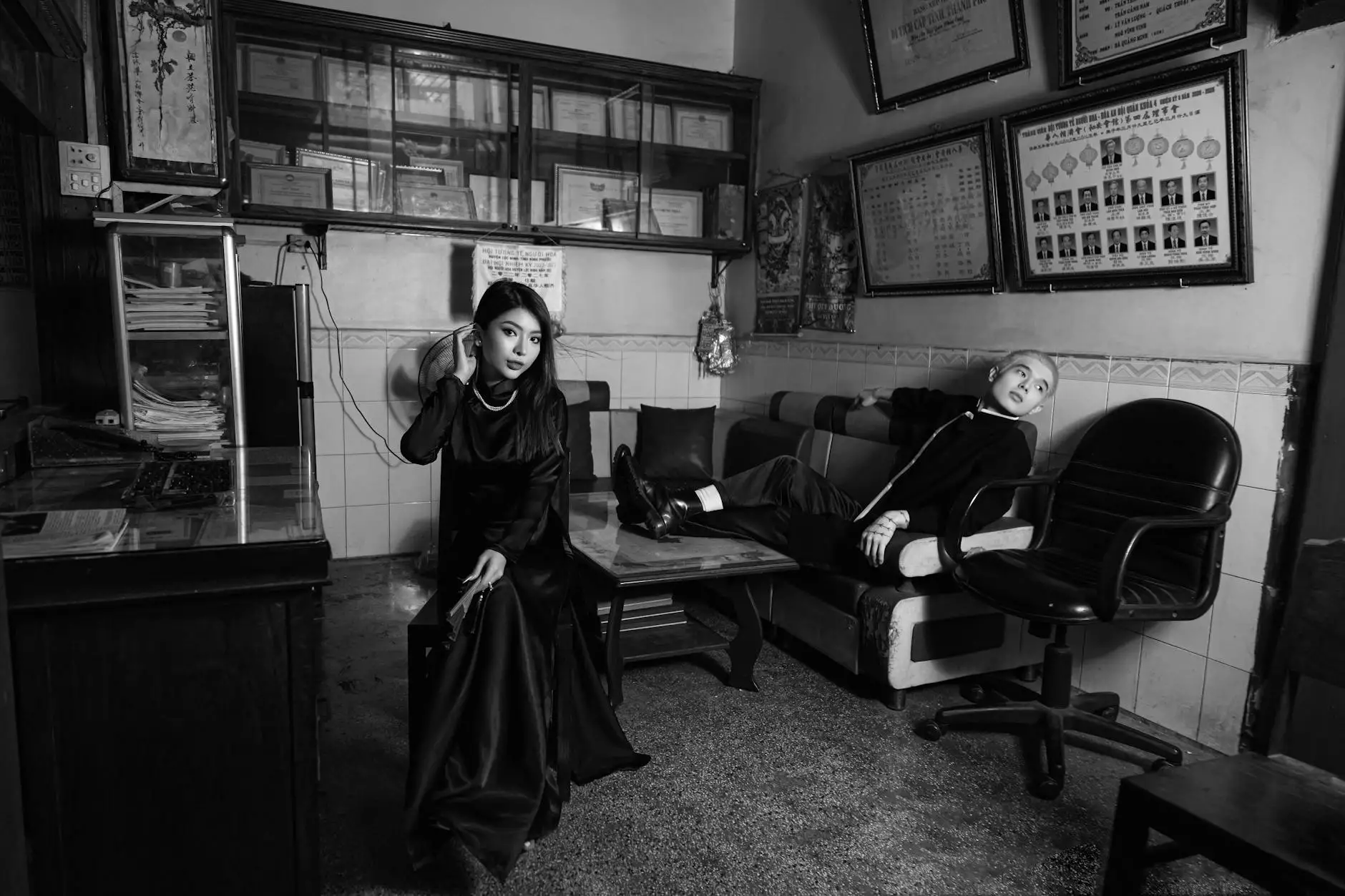Understanding Visible Veins on Legs: Causes, Treatments, and Prevention

Visible veins on the legs are a common concern that many individuals encounter as they age or endure various lifestyle factors. The aesthetic impact of visible veins can affect self-esteem and confidence. This article will delve deeply into why visible veins on legs appear, their potential health implications, and the wide array of available treatments and preventive measures.
The Anatomy of Veins
To understand why visible veins on legs occur, it is essential to appreciate the structure and function of veins in the human body. Veins are crucial components of the circulatory system, responsible for returning deoxygenated blood back to the heart. They have one-way valves that prevent blood from flowing backward, ensuring efficient circulation.
How Veins Work
When we move, our muscles contract and squeeze the veins, helping propel blood towards the heart. However, if these valves weaken or become damaged, blood can seep backward and accumulate in the veins, leading to swelling and visibility.
Causes of Visible Veins on Legs
Several factors contribute to the occurrence of visible veins on legs. Understanding these factors can aid in prevention and treatment:
- Genetics: Family history plays a significant role. If your parents had visible veins, you might be more likely to develop them too.
- Age: As individuals age, the veins lose elasticity, and the valves may weaken, making them more prone to complications.
- Weight: Excess body weight can put added pressure on veins, leading to their increased visibility.
- Hormonal Changes: Hormonal fluctuations during menstruation, pregnancy, or menopause can lead to visible veins due to increased blood volume or elasticity changes.
- Prolonged Sitting or Standing: Occupations or lifestyles that require long hours of sitting or standing can hinder proper blood flow and lead to visible veins.
Health Implications of Visible Veins
While visible veins on legs are often dismissed as a cosmetic issue, they can sometimes indicate underlying health concerns. Understanding these implications can help motivate individuals to seek medical advice when necessary.
- Varicose Veins: These are large, swollen veins that can be painful and may lead to more severe complications, including chronic venous insufficiency.
- Spider Veins: These are smaller, web-like veins that may not cause significant health issues but can be unsightly.
- Deep Vein Thrombosis (DVT): A serious condition where blood clots form in deep veins, often requiring immediate medical attention.
- Venous Ulcers: Open sores that can occur near the ankles due to poor blood circulation, causing significant discomfort.
Diagnosing Visible Veins
Consulting a medical professional is crucial when visible veins become pronounced or symptomatic. A healthcare provider, particularly one specializing in vascular medicine, can perform several assessments to diagnose the extent of the condition:
Initial Consultation
During the first appointment, the doctor will discuss your symptoms, family history, and lifestyle factors. This holistic view is essential for understanding the problem and determining the best course of action.
Physical Examination
A thorough physical examination will follow. The doctor will assess the appearance of your veins, check for swelling, and evaluate blood flow through palpation.
Diagnostic Imaging
In some cases, non-invasive imaging techniques like ultrasound may be necessary. This allows the doctor to visualize blood flow dynamics in your veins and identify potential issues.
Treatment Options for Visible Veins on Legs
There are several effective treatment options available for those distressed by visible veins on legs. The choice of treatment often depends on the severity of the condition and individual health factors.
Conservative Treatments
For milder cases, conservative management can include:
- Compression Stockings: These specialized stockings apply pressure to the legs, helping improve circulation and reduce swelling.
- Weight Management: Maintaining a healthy weight can alleviate pressure on the veins, reducing the visibility of veins.
- Exercise: Regular physical activity, particularly low-impact exercises like walking or swimming, promotes healthy circulation.
- Elevation: Elevating the legs, especially after long periods of sitting or standing, can help reduce swelling and discomfort.
Medical Interventions
For more severe cases, medical interventions may be necessary:
- Sclerotherapy: A minimally invasive procedure where a solution is injected into the affected veins, causing them to collapse and fade from view.
- Laser Therapy: This treatment uses focused light to target and seal off visible veins, causing them to gradually disappear.
- Endovenous Laser Treatment (EVLT): A more advanced form of laser treatment that targets larger varicose veins, resulting in effective closure and reduction of visibility.
- Vein Stripping: A surgical procedure that removes large varicose veins, primarily reserved for severe cases.
Preventive Measures for Healthy Veins
Prevention is always better than cure, especially concerning vein health. Here are several tips to keep your veins healthy and reduce the risk of visible veins on legs:
- Stay Active: Regular movement, even simple stretches, can significantly improve circulation in your legs.
- Avoid Prolonged Inactivity: If your job requires long hours of sitting or standing, take breaks to walk around and stretch your legs.
- Hydration: Keeping your body well-hydrated supports overall vascular health and can prevent blood from thickening.
- Wear Appropriate Footwear: Avoid high heels and opt for supportive shoes that encourage circulation.
- Balanced Diet: A diet rich in fruits, vegetables, and whole grains can promote vein health. Foods rich in flavonoids and antioxidants are especially beneficial.
When to Seek Help
If you notice sudden changes in your veins or experience pain, swelling, or discoloration, it’s crucial to seek medical attention. Timely intervention can prevent complications and ensure your veins remain healthy.
Consulting Truffles Vein Specialists
At Truffles Vein Specialists, we understand the emotional and physical challenges that come with visible veins on legs. Our dedicated team of vascular medicine experts is here to help you achieve healthier, more beautiful legs. We offer state-of-the-art diagnostic procedures and a range of treatment options tailored to your specific needs.
Conclusion
Visible veins on legs can be a source of concern for many, but understanding the reasons behind them and the available treatment options can empower you to take proactive steps toward healthier veins. From conservative measures like compression stockings to advanced medical treatments at Truffles Vein Specialists, help is available. Embrace your health and consult with professionals to explore the best path for your vein health and overall well-being.



